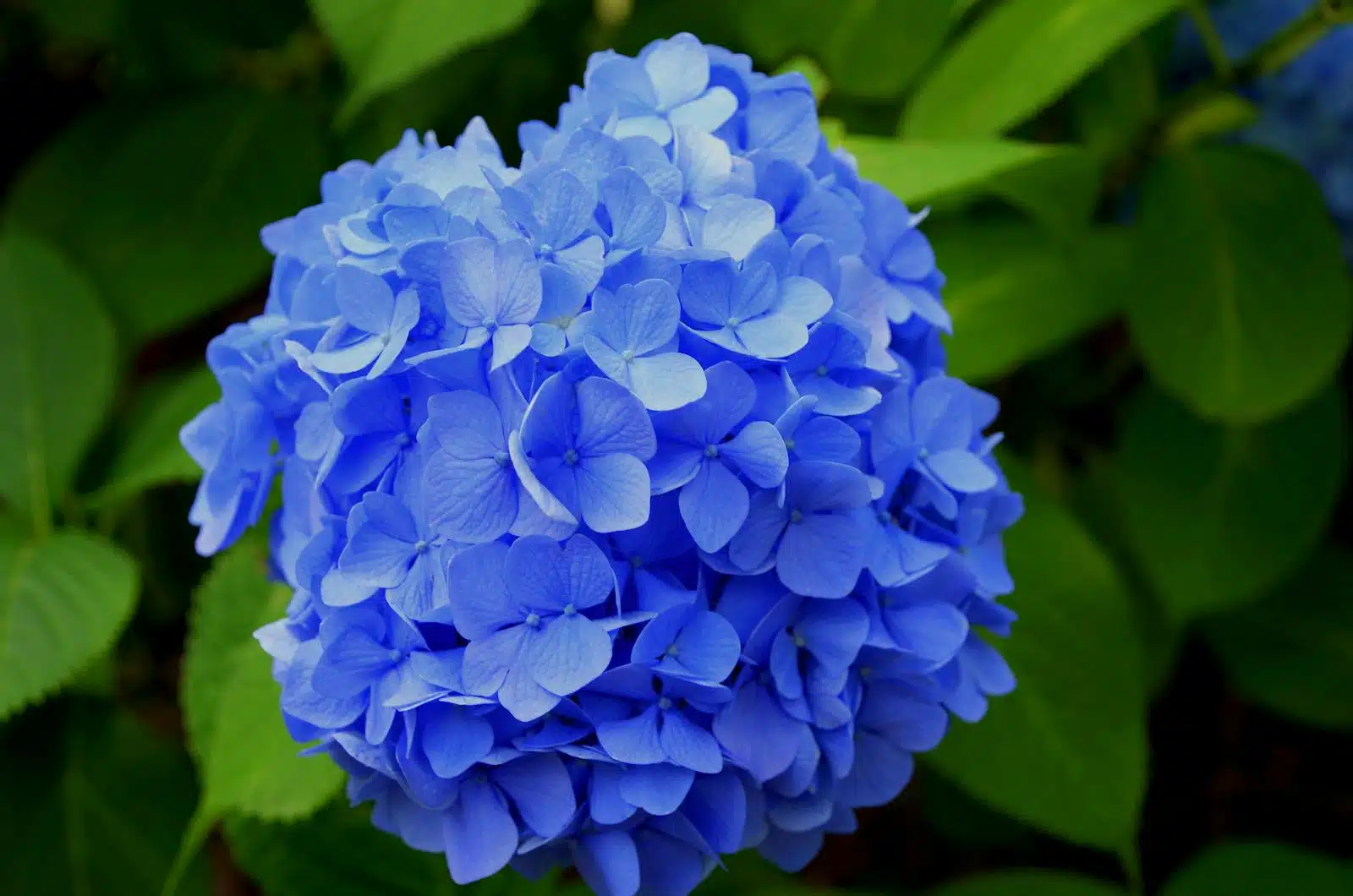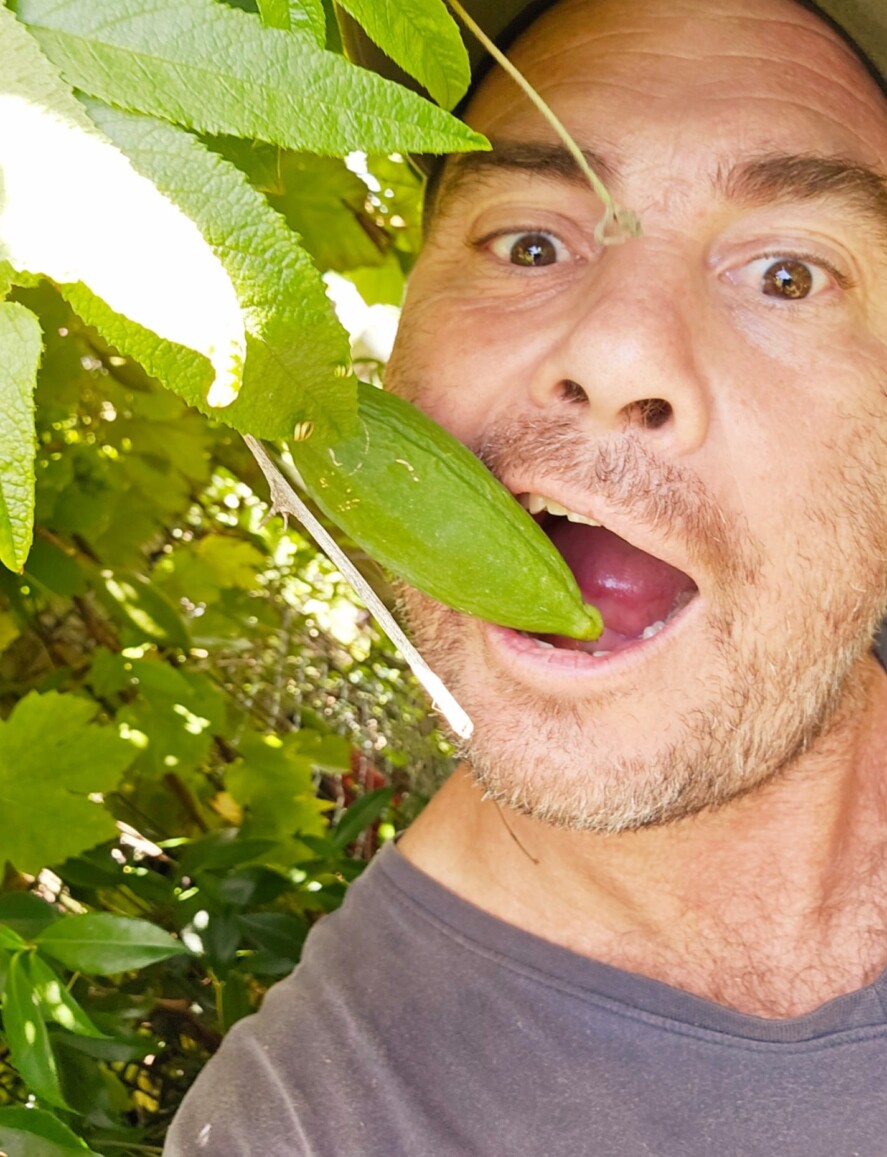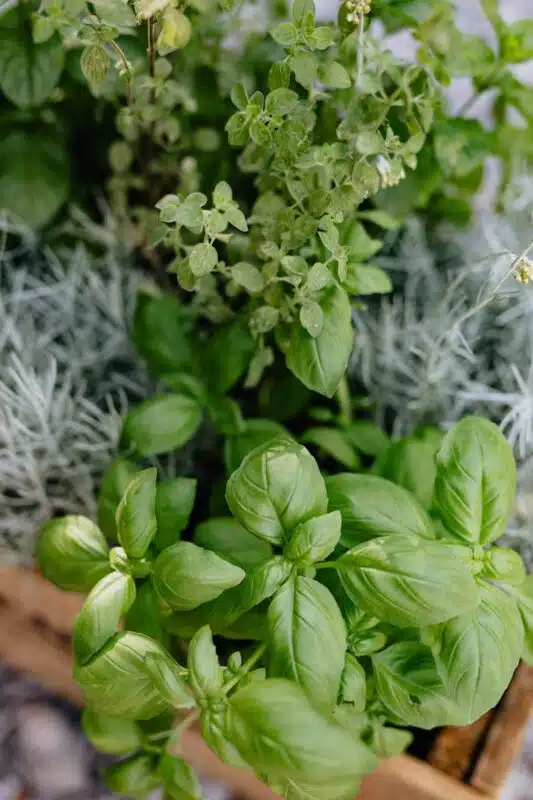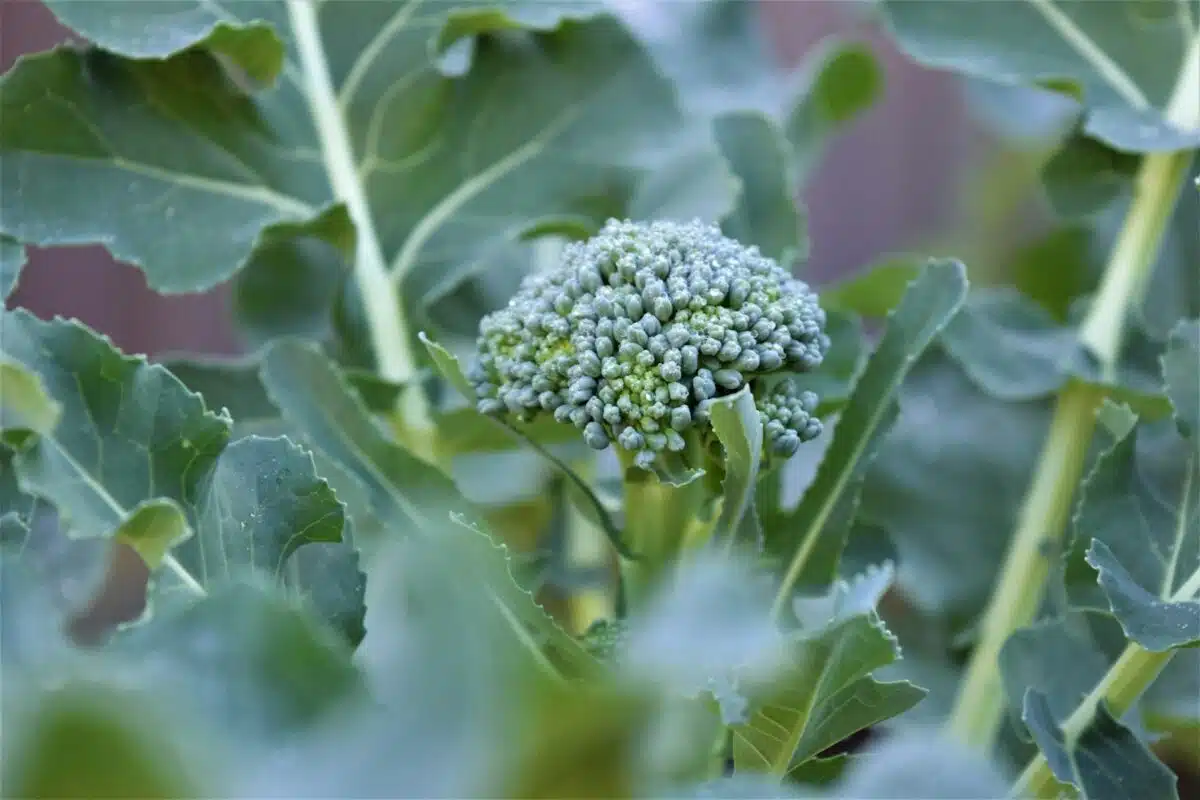-
Initiatives and Collaboration
- Events and Community Engagement
- Crop Swap Te Puke
- Food Resilience School NZ
- Food Forests of New Zealand (www.foodforests.nz)
- Nursery Map - Plant Suppliers of NZ Directory (www.nurserymap.nz)
- Te Puke Community Garden
- Te Puke Digital
- Te Puke Region Food Co-op
- TROPPO’s Food Forest in Te Puke, BOP (wwwfoodforest.org.nz)
- TROPPO's Nursery Directory
- Troppo’s Plant Collection
- Vector Group Charitable Trust (Umbrella)
Why are my hydrangea leaves turning black?

Question. My hydrangeas have flowered well but has not been very leafy this year. The leaves are lush green for a short time, then turn grey, then black and drop off. When I cleaned up the black leaves and dead-headed, the cycle started again. Ive never seen the leaves go grey before. It seems a bad sign. Is there anything I can do about it? I have several different types of hydrangeas growing alongside each other.
Answer. Hydrangeas are cherished for their stunning blooms, but it’s concerning when the leaves start turning grey, black, and dropping off. This unusual cycle suggests that something may be amiss with your plants. Let’s delve into the potential causes and provide solutions to help your hydrangeas regain their health and beauty.
Potential Causes of Grey and Black Leaves
Several factors can cause hydrangea leaves to turn grey, black, and eventually drop off. Here are some common issues and their possible solutions:
1. Fungal Infections
Fungal diseases are a common cause of leaf discoloration and drop in hydrangeas. Here are a few to consider:
- Botrytis Blight: Also known as grey mold, it causes grey spots on leaves that can turn black as the infection progresses.
- Powdery Mildew: This causes a grey, powdery coating on the leaves, which can lead to blackening and dropping off if severe.
- Leaf Spot Diseases: Various fungi cause spots on the leaves that can turn black and lead to leaf drop.
2. Environmental Stress
Hydrangeas are sensitive to environmental conditions. Stress factors include:
- Watering Issues: Both overwatering and underwatering can stress hydrangeas, causing leaves to turn grey and black.
- Temperature Extremes: Sudden changes in temperature or prolonged exposure to heat can damage leaves.
- Soil Conditions: Poor soil drainage or nutrient deficiencies can contribute to unhealthy leaves.
3. Pests
Certain pests can damage hydrangea leaves, leading to discoloration and drop:
- Aphids: These small insects suck sap from leaves, causing them to curl, yellow, and drop off.
- Spider Mites: These tiny pests cause stippling on leaves, which can lead to grey and then black discoloration.
Solutions and Preventive Measures
To address the leaf issues on your hydrangeas, consider the following steps:
1. Improve Air Circulation
Good air circulation helps prevent fungal diseases. Prune your hydrangeas to open up the canopy, allowing air to flow freely between the plants.
2. Proper Watering Practices
- Water Consistently: Keep the soil evenly moist but not waterlogged. Hydrangeas prefer deep, infrequent watering over frequent, shallow watering.
- Avoid Overhead Watering: Water at the base of the plants to prevent wetting the leaves, which can encourage fungal growth.
3. Fungicide Treatments
If you suspect a fungal infection, consider using a fungicide. Choose a product labeled for use on hydrangeas and follow the instructions carefully. Organic options like neem oil can also be effective.
4. Pest Control
- Inspect Regularly: Check your plants regularly for signs of pests. Look under leaves and along stems.
- Use Insecticidal Soap: If you find pests, treat your hydrangeas with insecticidal soap or neem oil to control the population.
5. Soil Health and Fertilization
Ensure your hydrangeas are planted in well-draining soil enriched with organic matter. Fertilize in spring with a balanced fertilizer to provide essential nutrients.
Conclusion
Dealing with grey, black, and dropping leaves on your hydrangeas can be challenging, but with the right care and preventive measures, you can restore your plants to health. Focus on improving air circulation, practicing proper watering, addressing fungal infections and pests, and maintaining soil health. With these steps, your hydrangeas should bounce back and continue to grace your garden with their beautiful blooms.
Happy gardening, and may your hydrangeas thrive once more!















